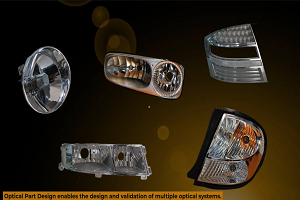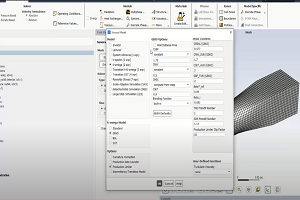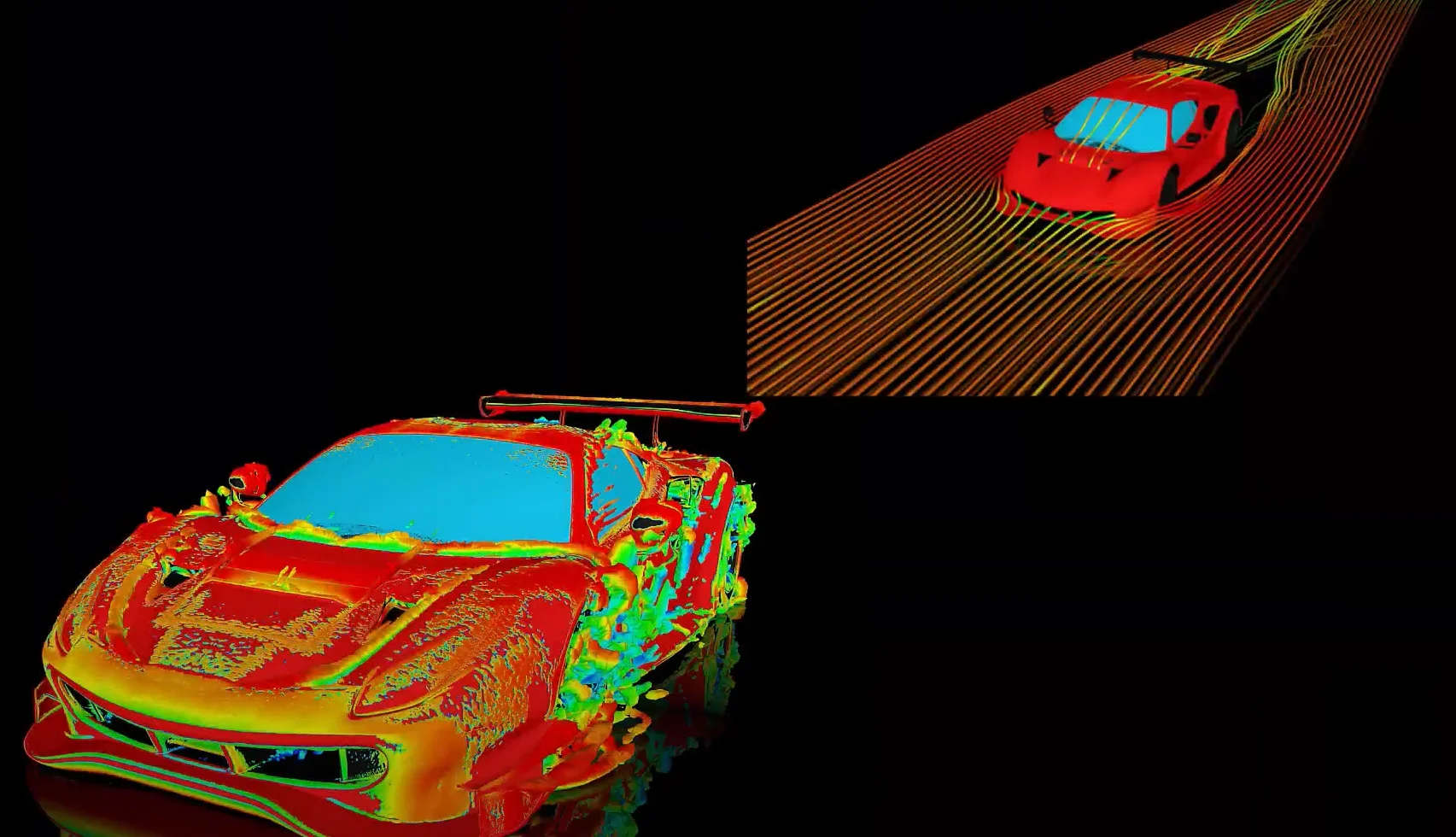Tagged: 2019 R3, fluid-dynamics, Other, Project Schematic, workbench, workbench platform
-
-
March 17, 2023 at 8:59 am
 FAQParticipant
FAQParticipantYou can reuse systems from a previously created project file by exporting one or more of them to a new project. To create the new project: 1. If you have not saved your current project, from the menu bar, select File > Save. 2. Select all systems to be exported using one of the following methods: – Click the header cell of a single system. – Box-select by clicking and dragging the selection box over the required systems. – Press Ctrl and click the required systems. 3. Right-click the header of one of the selected systems. 4. Select Export System(s) from the context menu. 5. If you did not save your project in step 1, the Unsaved Project dialog box is displayed: – Click Save and Proceed. – In the File name field, type a name for the current project. – Click Save. 6. In the Export As dialog box, type the name of the new export project into the File name field. 7. From the Save as type drop-down list, select .wbpj to save the export project as a new Workbench project, or .wbpz to save the export project as an archive file. 8. Click Save. 9. If you are saving the export project as an archive file: – In the Archive Options dialog box, select the optional items to archive. – Click Archive. To import files: 1. From the menu bar, select File > Import. 2. Optionally, select a file type from the file selection filter list. 3. Browse to the file location. 4. Select the file to import. 5. Click Open. Importing an archived project adds the data contained in the project to the currently-loaded project. Systems in the imported project are added to the schematic, along with all the data they contain. The connections between imported systems are kept, but no connections are made to the systems in the existing project by the import process.
-


Introducing Ansys Electronics Desktop on Ansys Cloud
The Watch & Learn video article provides an overview of cloud computing from Electronics Desktop and details the product licenses and subscriptions to ANSYS Cloud Service that are...

How to Create a Reflector for a Center High-Mounted Stop Lamp (CHMSL)
This video article demonstrates how to create a reflector for a center high-mounted stop lamp. Optical Part design in Ansys SPEOS enables the design and validation of multiple...

Introducing the GEKO Turbulence Model in Ansys Fluent
The GEKO (GEneralized K-Omega) turbulence model offers a flexible, robust, general-purpose approach to RANS turbulence modeling. Introducing 2 videos: Part 1 provides background information on the model and a...

Postprocessing on Ansys EnSight
This video demonstrates exporting data from Fluent in EnSight Case Gold format, and it reviews the basic postprocessing capabilities of EnSight.

- How to overcome the model information incompatible with incoming mesh error?
- Is there a way to get the volume of a register using expression ?
- Skewness in ANSYS Meshing
- What are the requirements for an axisymmetric analysis?
- Fluent GPU Solver Hardware Buying Guide
- What are pressure-based solver vs. density-based solver in FLUENT?
- How to create and execute a FLUENT journal file?
- How to get information about mesh cell count and cell types in Fluent?
- What is a .wbpz file and how can I use it?
- How can I Export and import boxes / Systems from one Workbench Project to another?

© 2026 Copyright ANSYS, Inc. All rights reserved.

